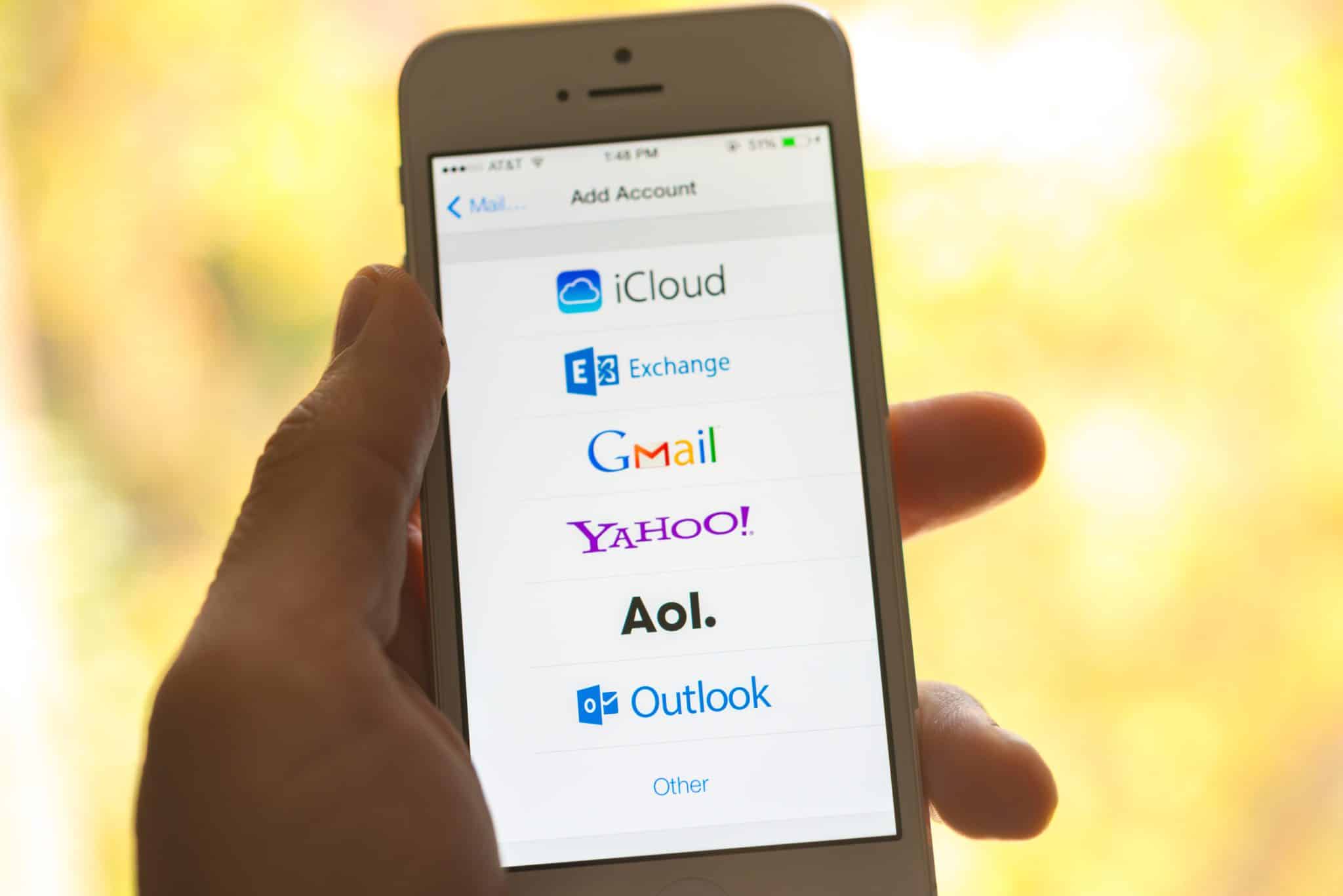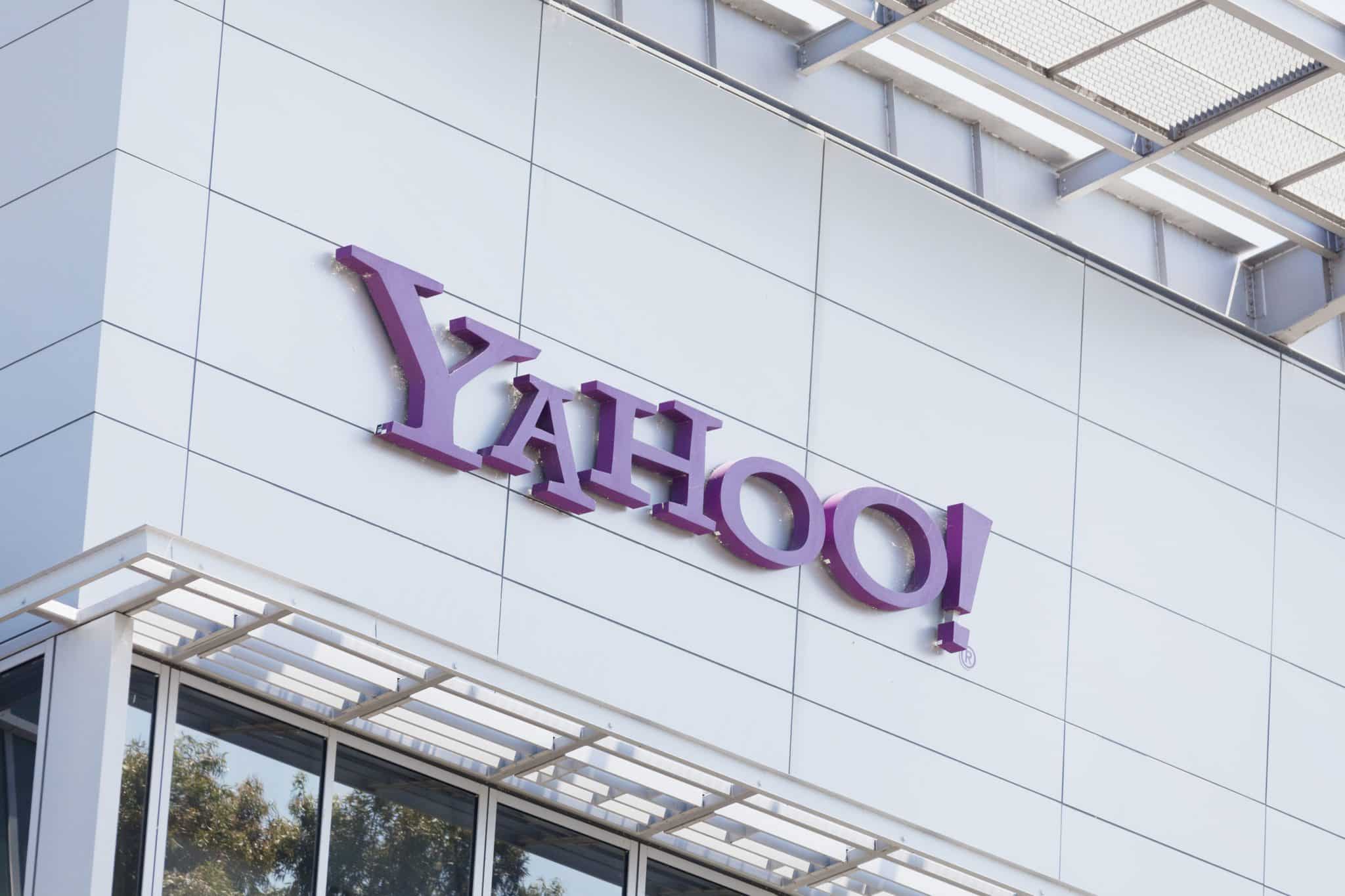When it comes to email marketing, a security breach like the one that recently hit Yahoo isn’t just an interesting piece of news — it’s a seismic event that sends ripples throughout the industry and leaves everyone, especially those who use Yahoo’s services, wondering what happens next.
The bottom line? These types of cyber-attacks aren’t going away any time soon.
“Security attacks are unfortunately becoming a more regular occurrence,” said Jay Rossiter, Yahoo’s senior vice president for platforms and personalization products.
So, What Actually Happened?
On Jan. 30, 2014, Yahoo announced that hackers, from an undisclosed third-party source, used stolen passwords to break into numerous accounts and steal private information related to recently sent and received emails as well as contact lists.
While the execs at Yahoo didn’t give a number for how many accounts faced this issue, it’s probably safe to assume that a significant amount of users were affected, otherwise it wouldn’t have turned into a major news story. (Some estimates put the number of computers affected by the attacks at up to 2 million.)
How Did the Hackers Get User Information?
So how did the hackers break in? It looks like all of this started with breaches on other platforms. Basically, the hackers compromised accounts on other sites, like Netflix and Facebook, and used the login information from these sources to then kick down the doors of users’ private Yahoo inboxes.
The worst part about all of this is that if these reports truly outline how the security breach happened, it could have easily been avoided by using one of the most basic Internet security tips in the book — don’t use the same password twice.
This concept fits into pretty much every blog or article on basic web security, but the invasion of private Yahoo accounts just drives home the point that some of us simply don’t listen.
Yahoo’s Response to the Breach
Considering that the breach might not have even come from a security lapse or breakdown of Yahoo’s technology, there wasn’t actually much that the Internet giant could do for those who were compromised, outside of ask them politely to change their passwords.
Aside from that, the company has also discussed implementing additional layers of verification to the login process. Unfortunately, for the Yahoo execs and administrators, this probably won’t do much to deter the remaining portion of the user base that still thinks having a single-step login is a good idea.
Are You at Risk?
The short answer to this question is yes — IF you use Yahoo for your email services.
If your account was one of the many that was compromised, then you’ve probably already heard from Yahoo. However, simply interacting with others who fall into this category could lead to an indirect association with the attack.
Essentially, by being on the contact list or recently having an email chat with an affected user, your email address and any other personal info stored in the contact list could be compromised. However, you should be okay as long as you avoid opening any suspicious emails and incorporate strong, and different, passwords across your various web accounts.
Yahoo’s Image Moving Forward
Now, Yahoo’s brand is left with a little mud on its face. If the claims of a third-party network intrusion are true, then the focus could shift to the security habits of this undisclosed company, or companies, and how they let user information fall into the hands of hackers and malicious programs.
Lasting Effects for the Email Industry
For those who work in the email marketing industry, as well as people who simply enjoy using email to connect with others, these types of events can really create some serious backlash.
Consumers never want to lose control of their private information, and when it happens, you can expect them to tighten up on whom they communicate with and how these communications occur.
That being said, if you already have an established contact list that knows and trusts your brand, you should be good to go. It’s the new customers who might be a little hesitant, but that’s only to be expected.
With a little time and patience, and a continued focus on high quality email marketing content, your campaign can weather this storm and keep right on moving past any potential pitfalls along the way.




